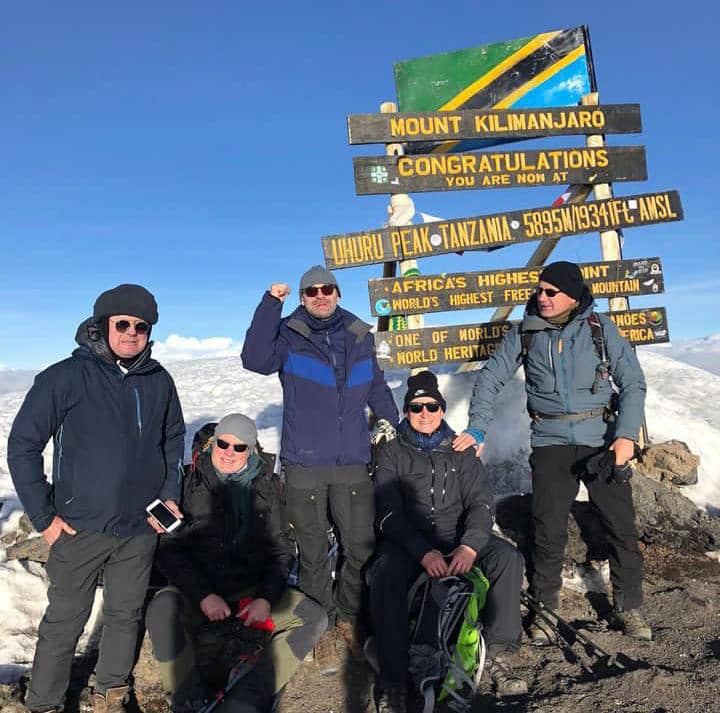
Mount Kilimanjaro Climbing Adventures
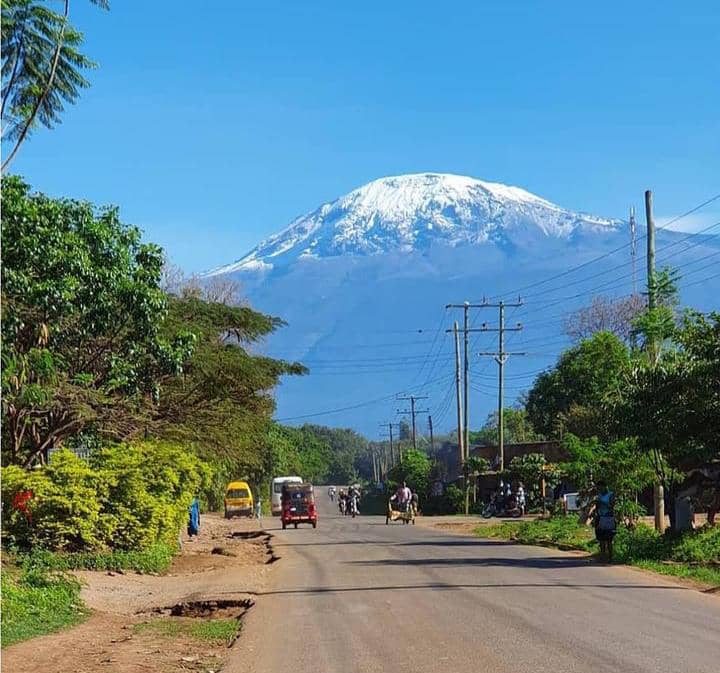
Nature Of Mount Kilimanjaro
Mount Kilimanjaro is Africa's highest mountain, standing at 5,895 meters (19,341 feet). It is the world's tallest freestanding mountain, which began forming about a million years ago. The mountain is composed of multiple layers of hardened volcanic ash and lava, creating fragmented material from volcanic eruptions. Kilimanjaro is one of the Seven Summits—the highest peaks on each of the seven continents—and is located in Tanzania, East Africa. The mountain spans 756 square kilometers and is part of Kilimanjaro National Park. Rising from the plains near the Tanzanian municipality of Moshi, it holds the title of the tallest freestanding mountain in the world.
Mount Kilimanjaro encompasses a wide variety of ecosystems, ranging from tropical jungle and savannah to desert, montane forests, subalpine plants, and the alpine zone above the treeline. Kilimanjaro lacks a bamboo zone, which is typically found on other tall mountains in East Africa with similar high rainfall. As a result, the availability of food for animals is limited. However, despite this, several species thrive in the area.
Mount Kilimanjaro is bordered by two Kenyan national parks, which cause large wildlife to migrate up and down the mountain in search of food, water, mineral salts, and shelter in the forest. Keep in mind that it’s possible to spot big animals on both the eastern and western sides of the mountain, including Cape buffalo, elephants, elands, leopards, giraffes, and many other large species.
Kili Flora and founa
Mount Kilimanjaro has five distinct ecological zones, each spanning roughly 1,000 meters in elevation. From 1,000m to 1,800m, the zone is known as the cultivated zone, characterized by bushland, villages, farms, and grasslands. The next zone is the rainforest, which starts at 1,800m and extends to 2,800m. In this humid zone, tourists will encounter towering tree ferns, sycamore trees, junipers, and moss known as "old man's beard." This rich ecosystem provides the ideal environment for a wide variety of plants, some of which are endemic, such as Impatiens kilimanjari.
The next zone is the semi-alpine heath and moorland, which spans from 3,000m to 4,000m. Tourists will encounter the strange giant groundsel, Senecio trees, lobelias, and the vibrant red hot pokers. The main source of indirect precipitation in this zone is mist, which can envelop you without warning. The following zone, from 4,000m to 5,000m, is the alpine desert, where rainfall is minimal, and extreme temperature variations between day and night are common. Above 5,000m, tourists will enter the frozen moonscape of the arctic zone. Here, only rock and ice remain, with very cold nights and extreme solar radiation during the day.
Climbing Mount Kilimanjaro Best Routes Options
The 7-day or 8-day Marangu route itinerary provides more time for acclimatization compared to the 6-day Lemosho route or other 5-day and 6-day Marangu options. This additional time increases your chances of success in climbing Mount Kilimanjaro.
The Marangu route uses huts for accommodation, unlike other routes that require camping equipment. Note that the Marangu route offers hikers the comfort of staying in basic huts at each station: Mandara Hut at 2,723m, Horombo Hut at 3,730m, and Kibo Hut at 4,725m. Both the ascent and descent follow the same route, which distinguishes it from other routes.
We confidently recommend the following three routes as your best choices for climbing Mount Kilimanjaro, as they offer the best acclimatization protocols and a high success rate: the 8-day Lemosho route, the 7-day Machame route, and the 6-day Marangu route. Other options include the 7-day Shira, 7-day Rongai, and 7-day Umbwe routes, which are related alternatives.
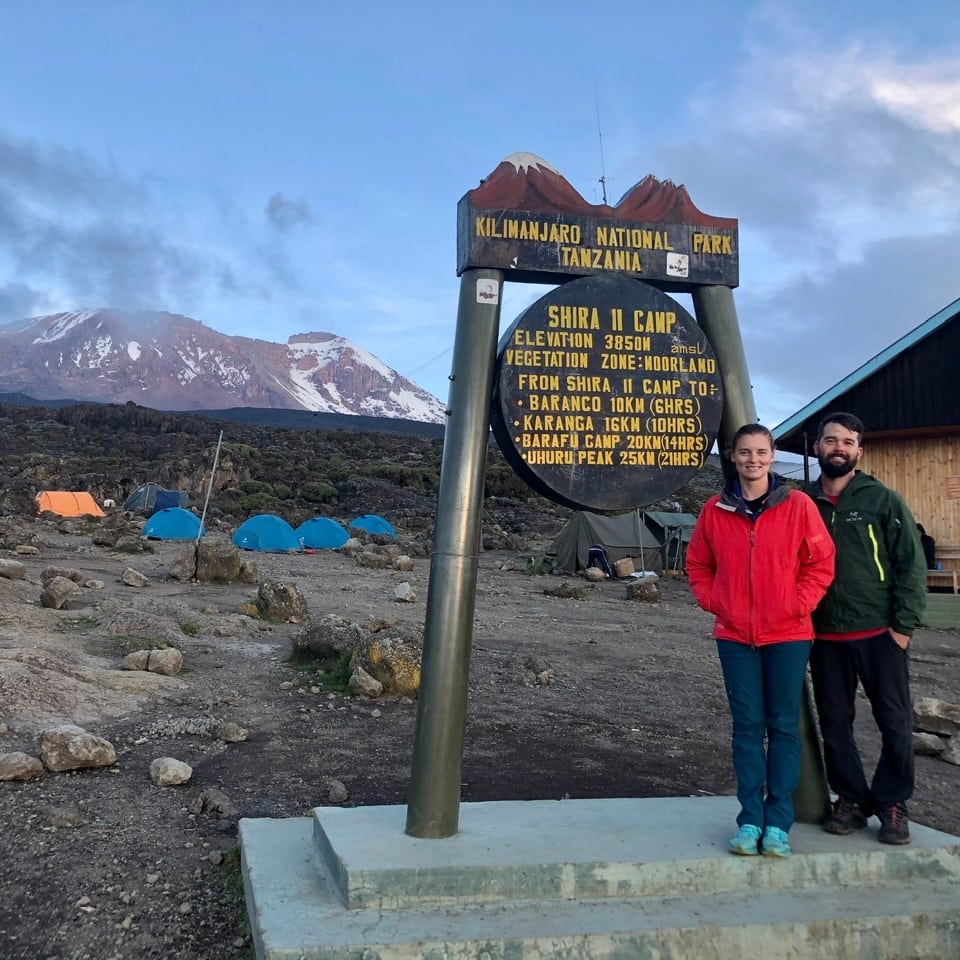
$2485.00(P/P)
Lemosho is extremely beautiful and offers a partly untouched landscape as well as varied flora and fauna. Also for the best successful climb.
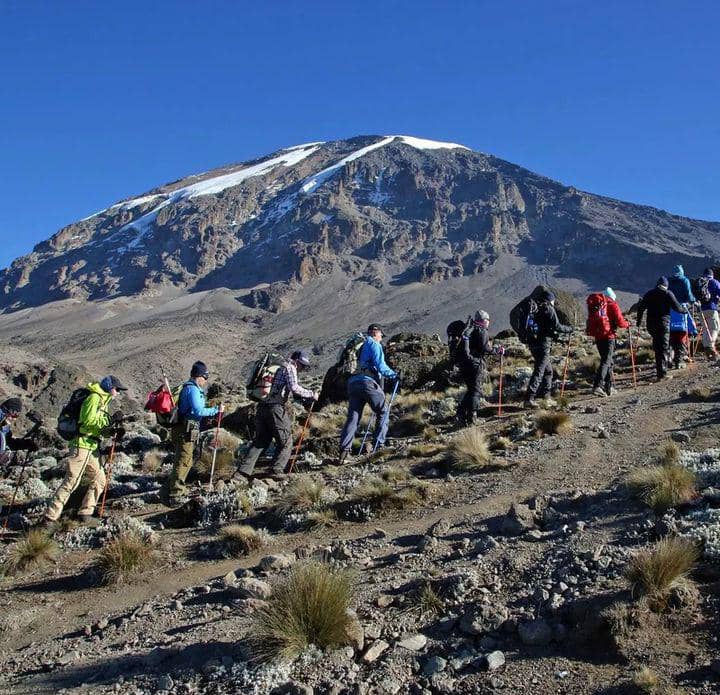
$2315.00(P/P)
Machame Route is the second most popular route to summit Mt.Kili after the Lemosho route, the route approaches from south-west.

$1865.00(P/P)
Marangu route is widely known as a Coca-Cola route due to its easiest and comfortability, the only way offer hut and beds on the mountain.

$2375.00(P/P)
The Rongai route the easiest route and best during the rainy season since it receives less rainfall compared to other routes.

$2395.00(P/P)
The Shira route starts relatively high above sea level and is, therefore, a less frequented route as it offers the poorest acclimatization.
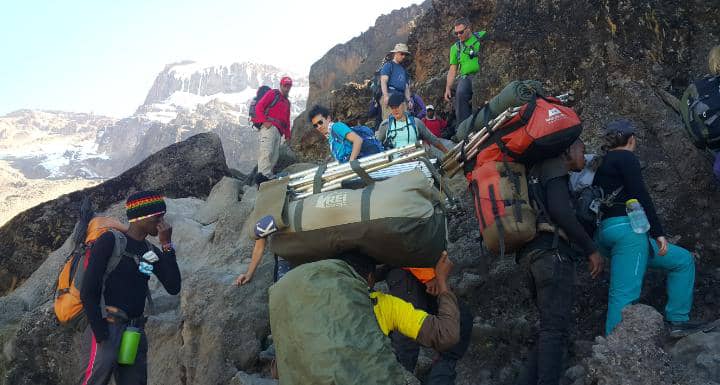
$2286.00(P/P)
Umbwe route is the very Challenging and hardest route to Mount Kili, It is for experienced hikers want to test their fitness.
Related Optional Routes To Climb Mount Kilimanjaro
Climbing Mount Kilimanjaro via the 7-day Lemosho route, the 5-day Marangu route, or the 6-day routes like Shira, Rongai, Machame, and Umbwe is often driven by time constraints. Most clients choose shorter routes due to a lack of time to spend on the mountain, with only a few considering cost savings as a factor. However, very few climbers ultimately decide based on cost alone.
Most clients make the wrong choice due to a lack of sufficient information about the importance of acclimatization protocols and summit success rates. Some climbers are fit and eager to test their physical limits, preferring not to spend too much time on Mount Kilimanjaro. While anyone can choose these options at their own risk, including the potential for difficulty and failure to reach the summit, it’s important to enjoy the entire experience from the entrance gate to the end of your climb—not just the summit of Mount Kilimanjaro.
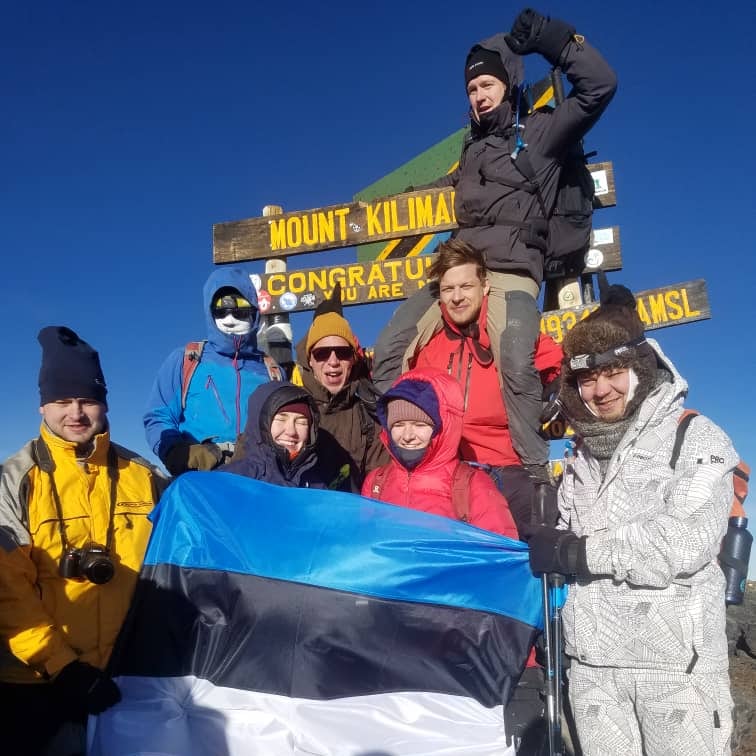
$2295.00(P/P)
short but steep climb up grassy slopes offers superb views of this wilderness area. The vegetation zone ends shortly as reach a camp.

$2275.00(P/P)
The Shira route crosses the entire Shira Plateau from west to east in a pleasant, relatively flat hike but has less acclimatization protocol.
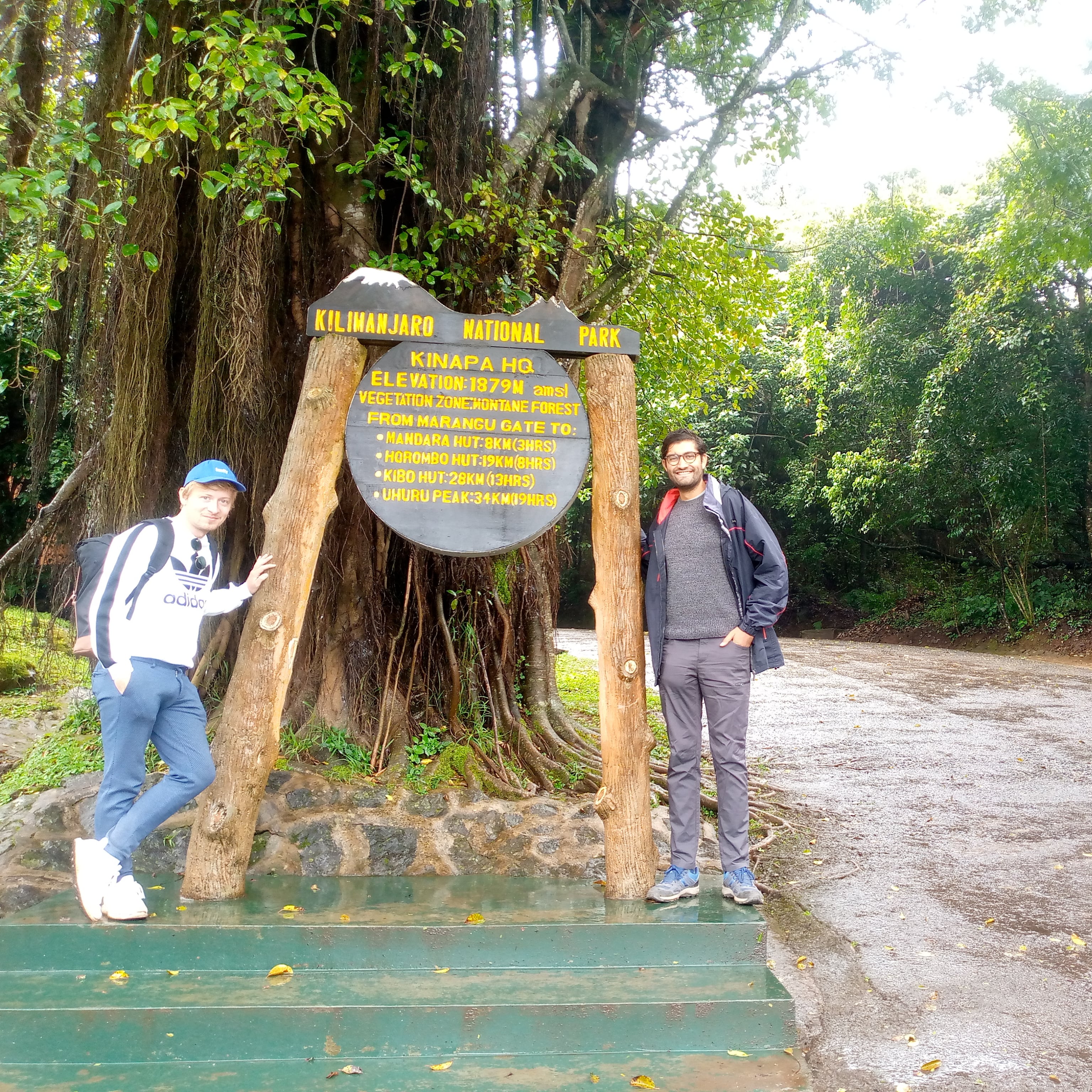
$2185.00(P/P)
Very challenging, steepest, and hardest of all Mount Kilimanjaro routes. this is for experienced hikers want to test their fitness.
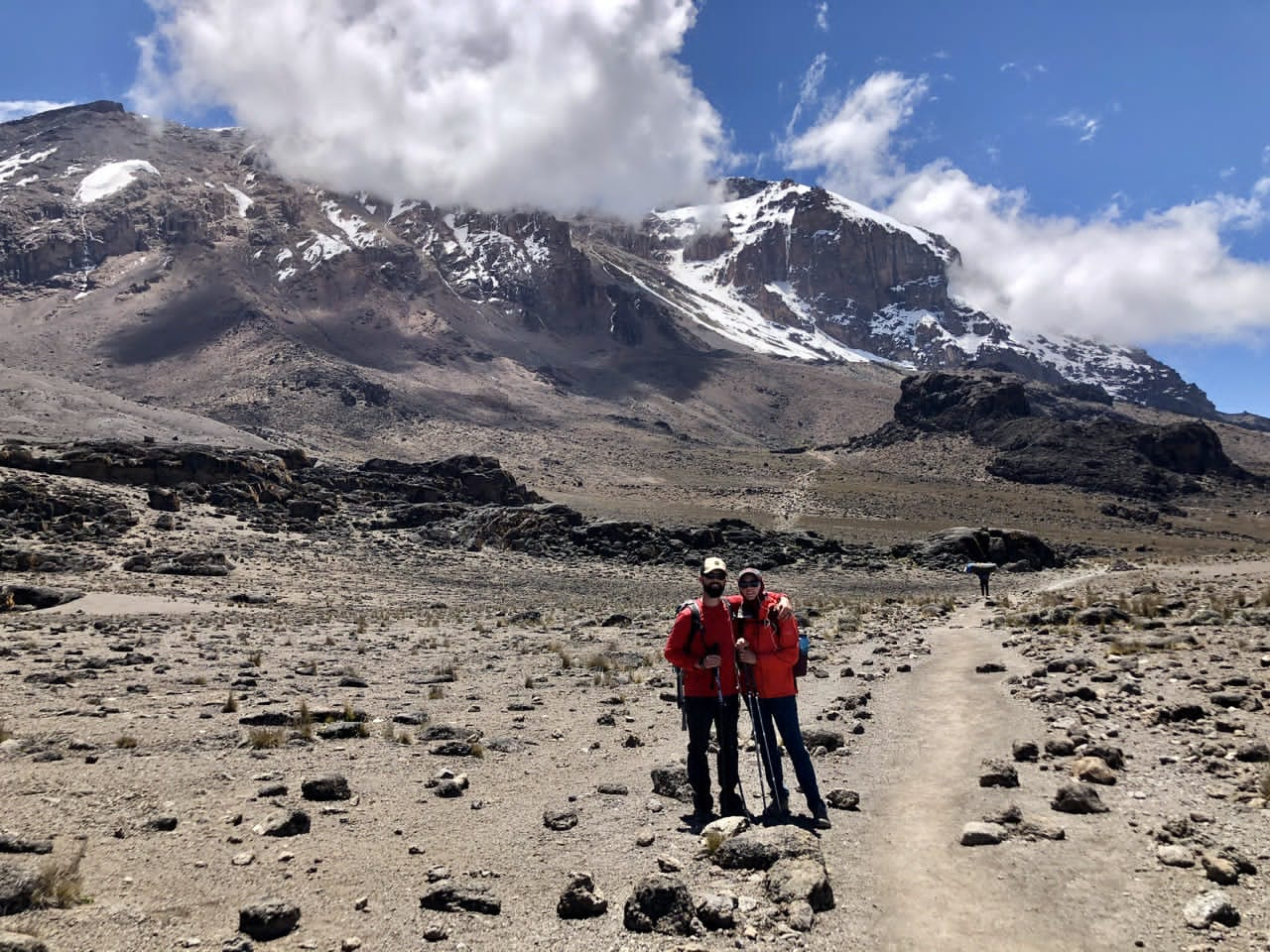
$2345.00(P/P)
Lemosho Route considered to be the most scenic trail on Mount Kilimanjaro but 7 days, in a second day of our climb will be challenging.
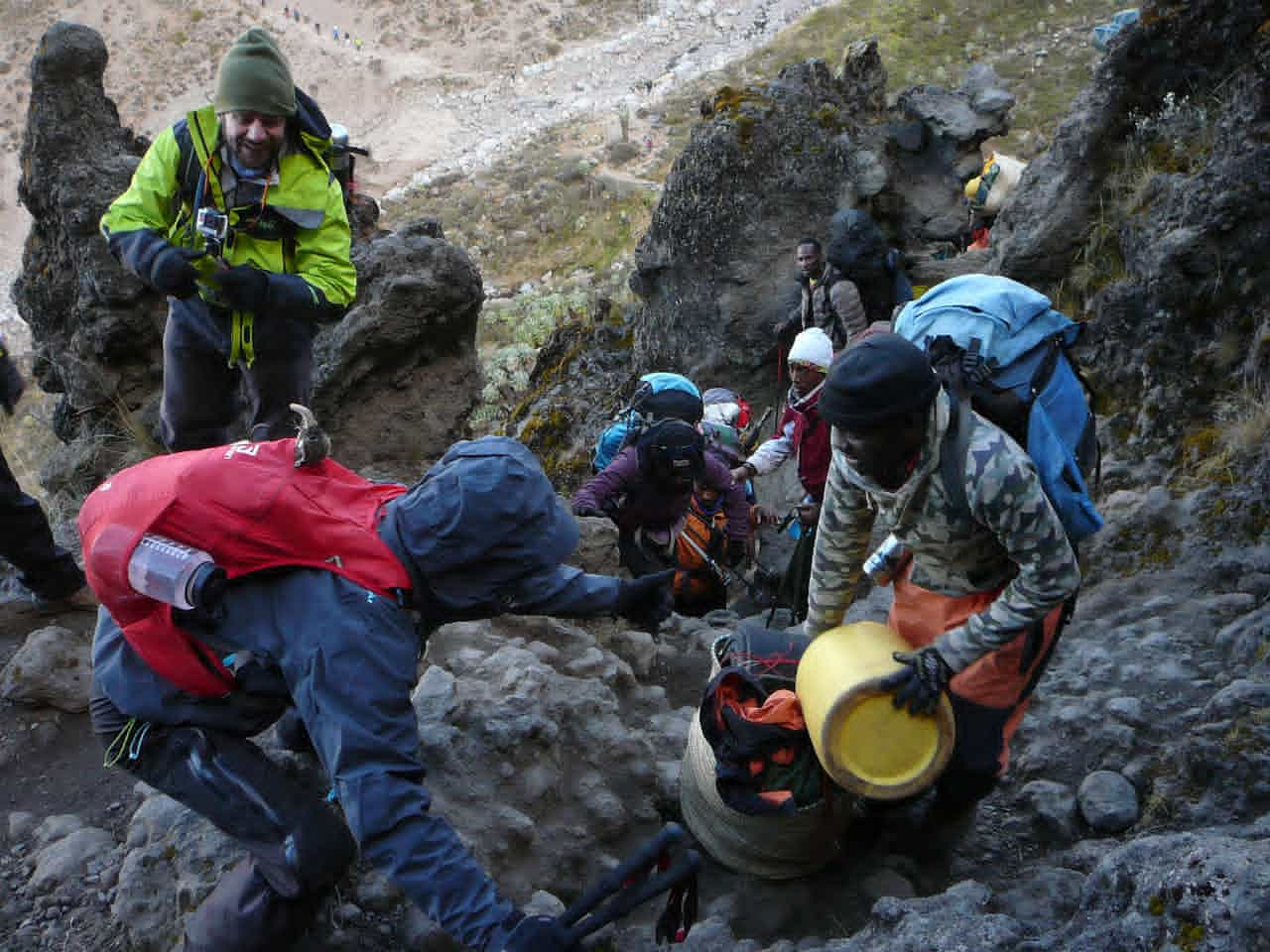
$2135.00(P/P)
Machame route is considered a difficult choice for 6 days since is very challenging and offers the poorest acclimatization protocol.

$1695.00(P/P)
5 days Marangu route is a shortest and most Cheapest options to climb mount Kilimanjaro but hard and has high risk of failure to climb.